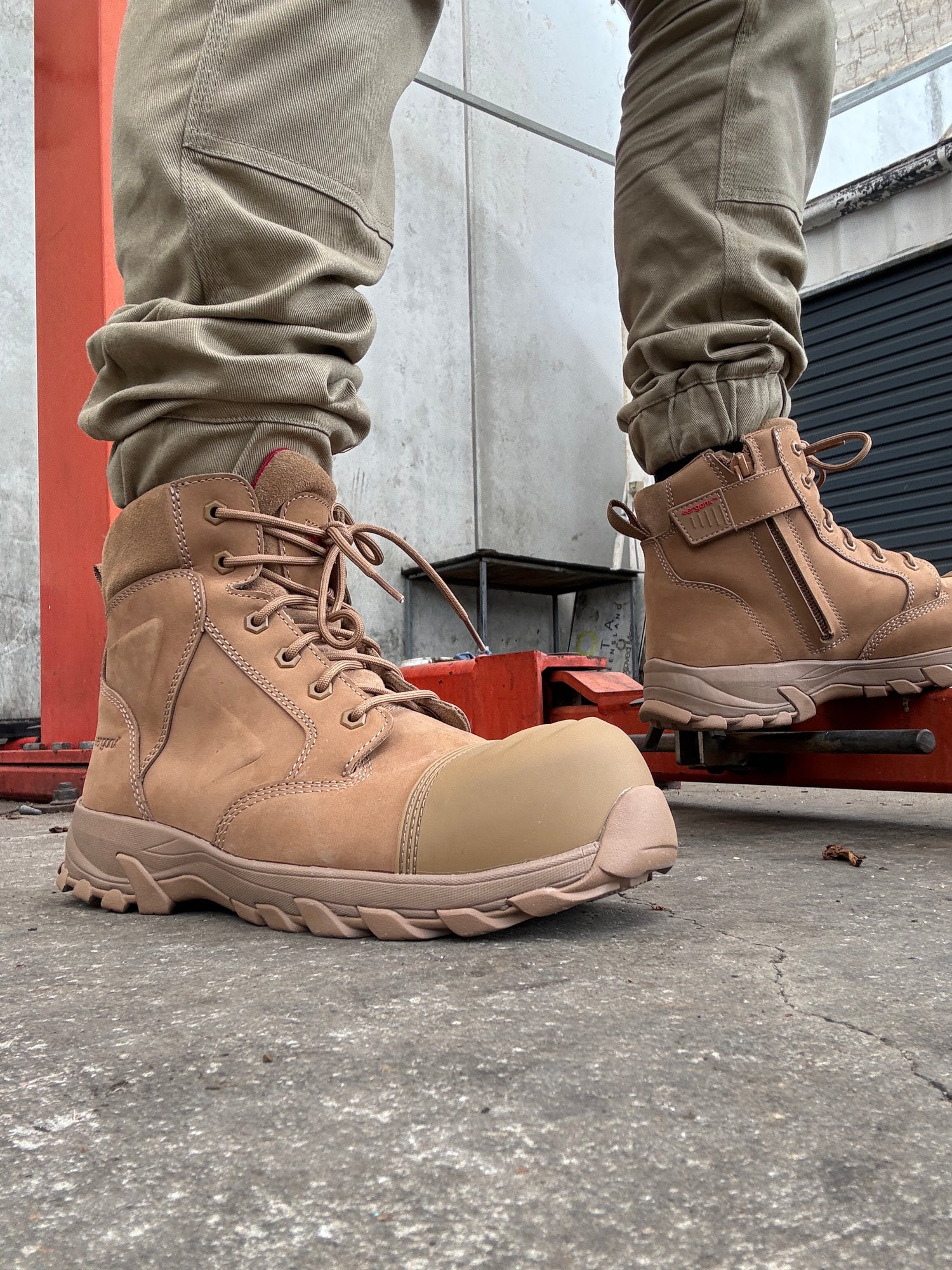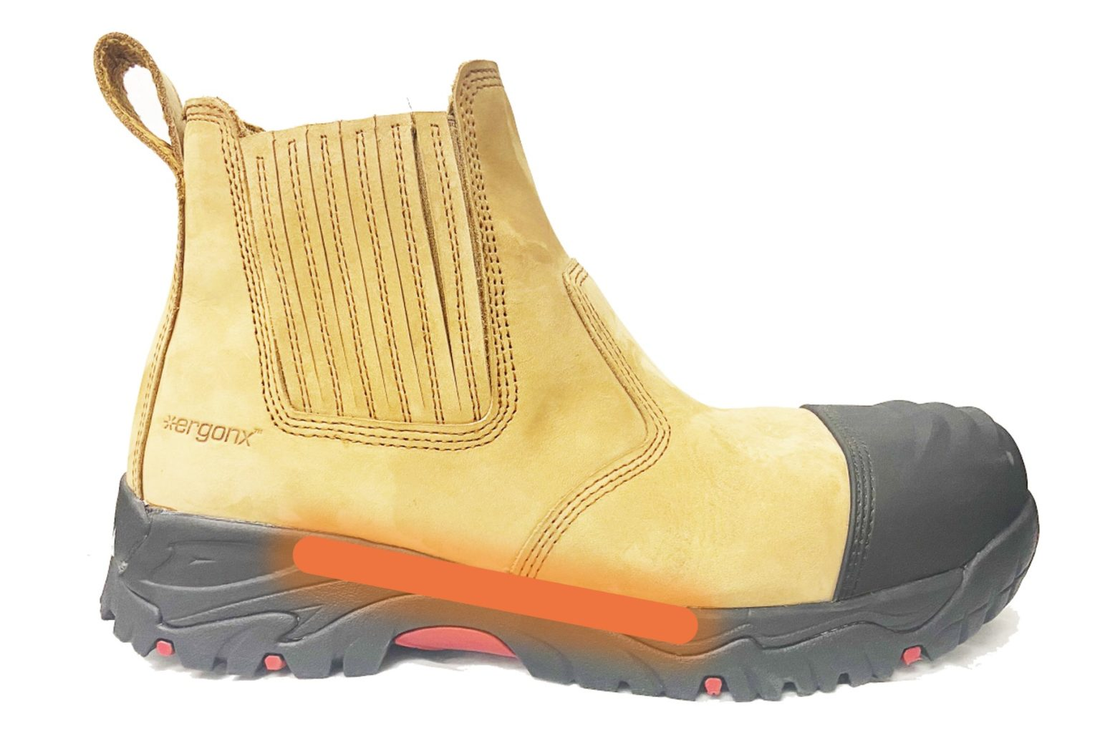When it comes to footwear, numerous elements aid in a shoe’s comfort, support, and overall performance. One such component is the shank. Often overlooked or misunderstood, it is an essential feature that can noticeably enhance the function of a pair of shoes, particularly in work boots and certain types of athletic shoes.
In this article, we dive into the world of shanks, and explore their purpose, constriction, and the many benefits they bring to your feet. Whether you need a pair of work shoes with a shank, or you’re simply curious about the inner workings of a shoe, read on to learn more about this useful tool in footwear.
Understanding the Shank: What is it?
The shank is a remarkable component incorporated into certain work boots. It is made of a stiff material, typically a hard plastic or metal, and positioned through a specific location in the boot. The primary function of a stiff shank is to provide rigidity and prevent the boot from bending excessively in areas other than at the base of the toes.
When you engage in activities that require balance, such as traversing uneven ground or standing on ladders, it is crucial to ensure that your foot functions in a mechanically efficient manner. The shank plays a vital role by limiting bending and limiting rolling of the foot. It promotes foot stability and allows the foot’s muscles, ligaments, and joints to work more efficiently.
What are they good for?
Work boots equipped with a shank offer several benefits, especially for those who stand or wear their boots for long periods of time.
- Enhanced foot support – Shanks provide additional support to the arches of the feet. Arch support is one of the most important factors when it comes to protecting your feet as it keeps the foot neutral and aligned.
- Improved stability – On a construction site, or in any environment with uneven ground, added stability is never a bad thing. Shanks help to ensure your foot remains stable on a ladder and minimizes the chances of slips or missteps.
- Reduced muscle and ligament strain – With the shank preventing excessive bending, the foot’s muscles and ligaments don’t have to work as hard. This lowers the risk of fatigue and potential injuries.
Choosing the right work boot
When selecting a pair of work boots, there are a few things to consider:
- The proper fit – Opt for boots that are comfortable and have ample room for the toes to move without being too loose or tight. A snug fit ensures optimal support while preventing unnecessary foot movement.
- Arch support – Look for boots that offer good arch support, as this can further improve a boot’s comfort and stability. Inadequate arch support is one of the most common reasons for foot pain and conditions like plantar fasciitis.
- Materials – Plastic and steel are often used in the construction of shanks. Both serve the same purpose but steel shanks are generally heavier while plastic shanks are more lightweight.
Shank or no shank?
Wearing the wrong shoes can have significant consequences on your foot health, overall comfort, and even your posture. Furthermore, shoes that lack the proper level of cushioning or shock absorption can contribute to leg fatigue and increase the risk of injuries. Having safety shoes with a shank, can be extremely beneficial on a job site where workplace hazards are a large concern.


